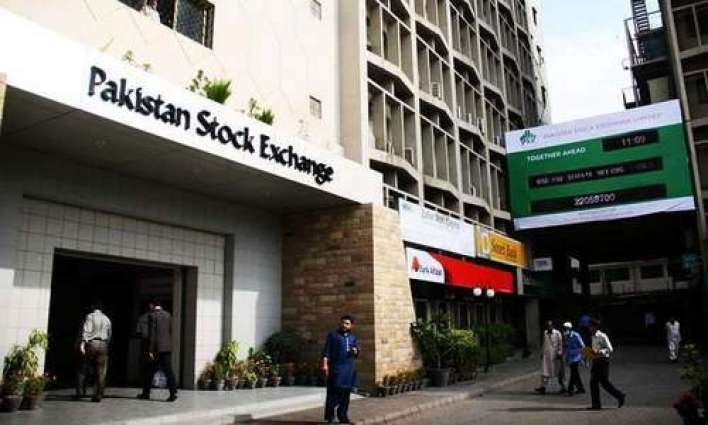PSX to launch new product ‘Exchange-Traded Funds’ for local and foreign investors soon
3 min read
KARACHI: Pakistan Stock Exchange (PSX) will shortly launch another product ‘Exchange-Traded Funds (ETFs)’ for the local and foreign investors at Pakistan Stock Exchange (PSX).
Briefing the journalists on Thursday, Hassan Raza, GM Product Management and Research of PSX said, “ETFs is a product like Mutual Fund and JS Global to be the market maker.” He said that this ETF would be launched in next three to four weeks’ time and would be listed at PSX.
In this connection, he further informed that UBL and NIT are making their separate Exchange-Traded Funds (ETFs) of different sizes and would be launched after the final approval from the Securities and Exchange Commission of Pakistan (SECP).
He further said that the regulator SECP had already approved this product and it would announce about this ETFs product very soon. Every ETF would be listed at PSX.
ETFs, by their very structure, work differently from the way mutual funds work. Those differences create the unique benefits ETFs offer—as well as some of their risks. ETFs work—from inception to day-to-day processing. Concepts covered are the creation/redemption process, fund seeding, and the roles of authorized participants, index providers and managers, brokers, and exchanges.
ETFs to be traded on stock exchanges like stocks. Unlike stocks, however, they do not get onto the exchange via an initial public offering. Rather, ETFs rely on a creation/redemption mechanism that allows for the continuous creation and destruction of ETF shares. Understanding how this mechanism works is the key to understanding both the benefits and potential risks of ETFs.
The Creation/Redemption Process; The process for creating and redeeming shares in an ETF is perhaps the most important and unique component of ETF functioning. The best way to understand the creation/redemption process is to picture it in action.
Imagine, as you did with mutual funds, that you want to put money to work in an ETF. The process is simple: You place a buy order in your brokerage account, and your broker arranges to buy those shares from another investor who wants to sell. The order is executed, and you receive shares of the ETF in your brokerage account just as if you transacted in a stock in the secondary market.
At this point, the ETF fund manager/sponsor is not involved in the transaction at all. The ETF firm does not know that you have bought these shares, nor does it receive any influx of money to invest. Shares simply transfer in the secondary market from one investor (the seller) to another (the buyer) and go through a securities exchange three-day settlement process.
The only investors who can create or redeem new shares of an ETF are a special group of institutional investors called “authorized participants” (APs). As the name suggests, APs are large broker/dealers, often market makers, that are authorized by the issuer to participate in the creation/redemption process.
The AP, however, has a set of responsibilities and opportunities that go far beyond those of a typical mutual fund investor. When a mutual fund investor wants to buy new shares from a mutual fund firm, the investor simply sends that firm cash. Although certain ETFs (notably, certain bond ETFs) work this way, others operate by using what is called “in-kind” creations and redemptions.







